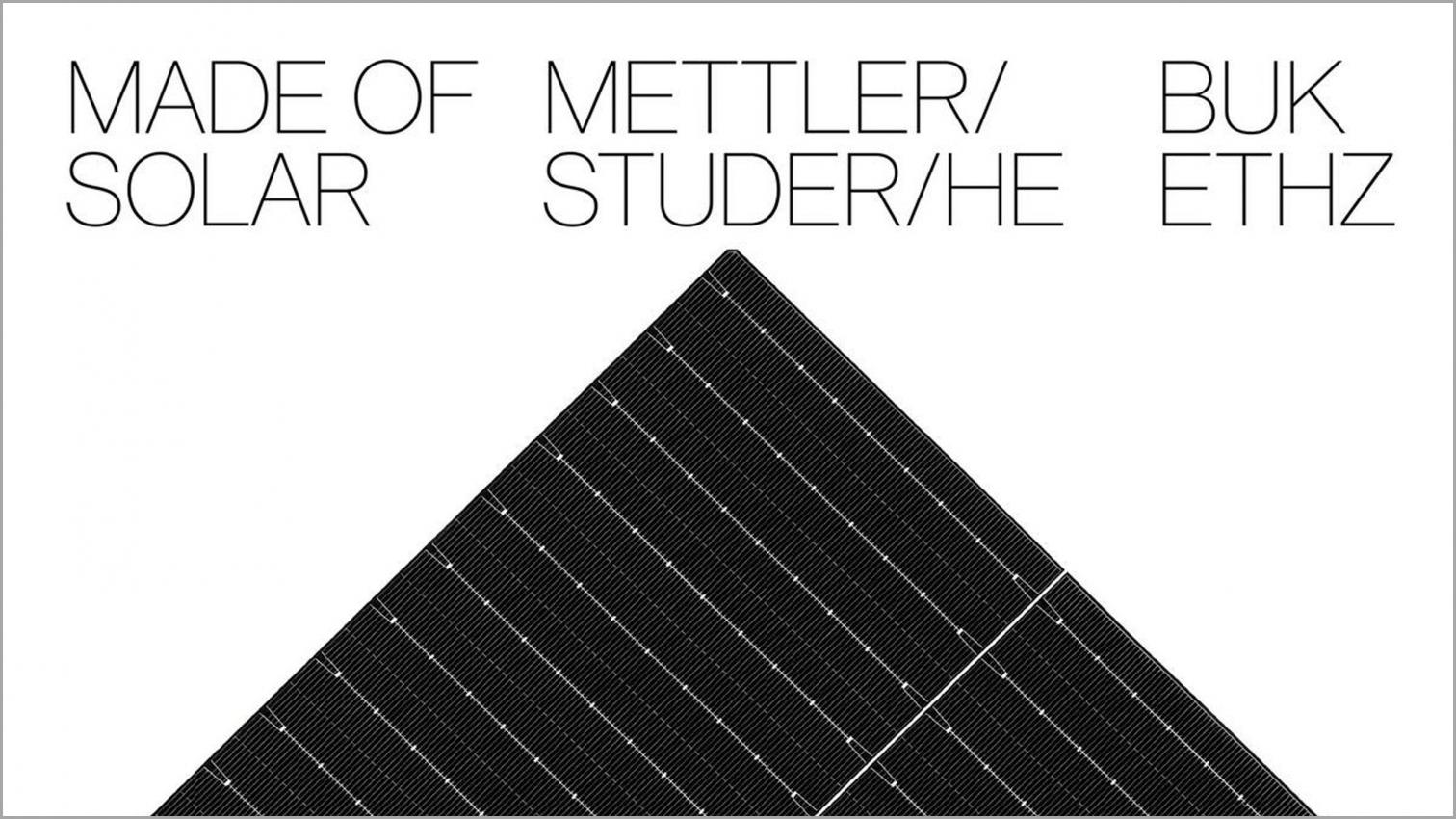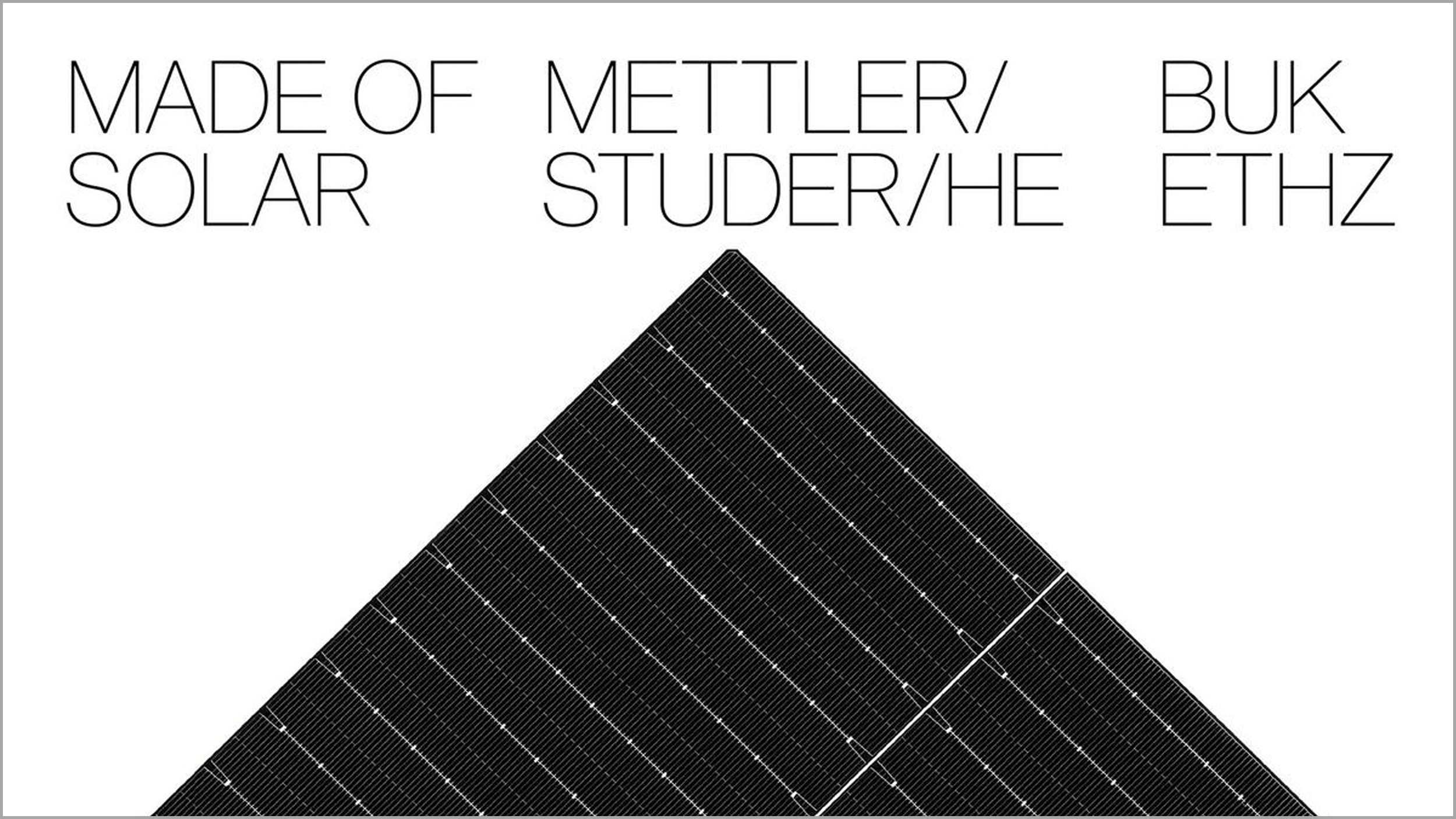
The production of renewable sources has transformed territories, and now also the buildscapes of cities. Advances in solar capture technologies, their reduced costs, and the inclusion of photovoltaic panels in technical codes have made them proliferate on roofs, especially in housing. Better in technical rigor than in formal sensibility, such expansion calls for a reflection on incorporating these devices into architectural design.
But interest in solar architecture is not new. In 1940, in a ‘World Energy’ map published in Fortune, Buckminster Fuller warned about the rise of solar capital and the depletion of other sources. Not just an isolated endeavor of ecologist pioneers, the solar house was given a boost by public policies promoted from governments and universities alike. An environment-sensitive culture thrived, peaking between the mid-1950s and the oil crisis.
Long relegated to the edges of the discipline, the ecology spirit is back in the spotlight due to the climate emergency. The renewed drive, with new synergies of technology, culture, economics, and politics, reinstates architects as environmental agents. Here is a timely manual for this new facet of the profession: besides technical examples, it offers an aesthetic approach to a key aspect of the energy transition. Isometric illustrations and photos document twenty-five works: exemplary cases of photovoltaic plaques as elements with the potential to shape, cast shadows, create textures, and mark rhythms. A detailed handbook for a new aesthetic of sustainability.







